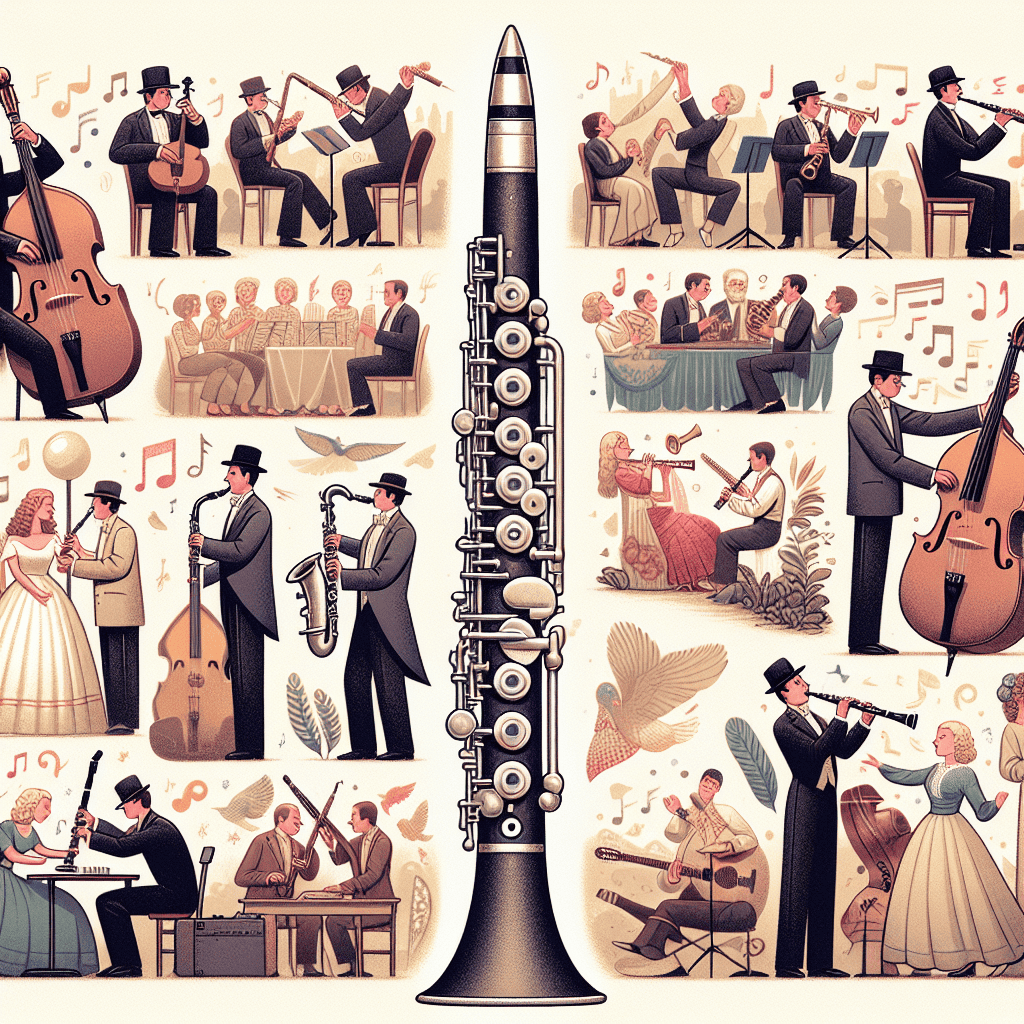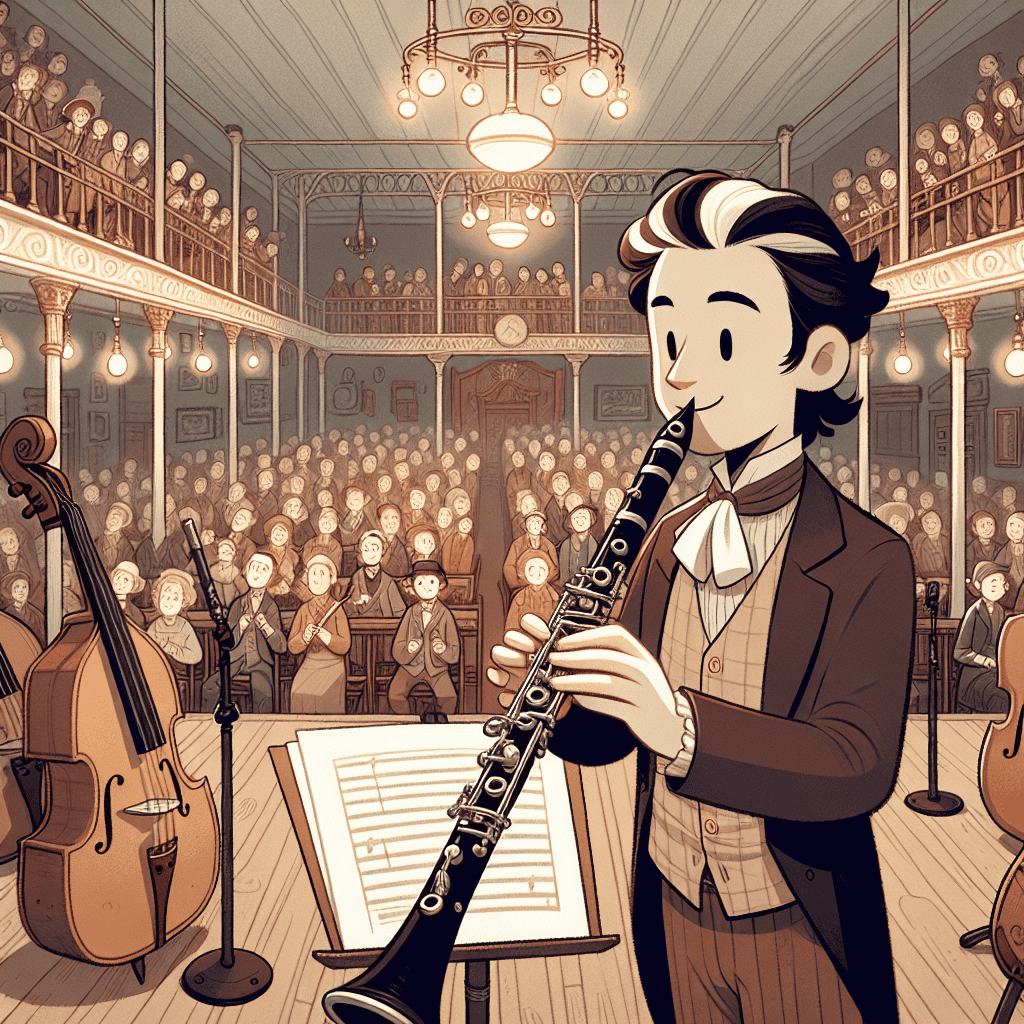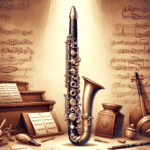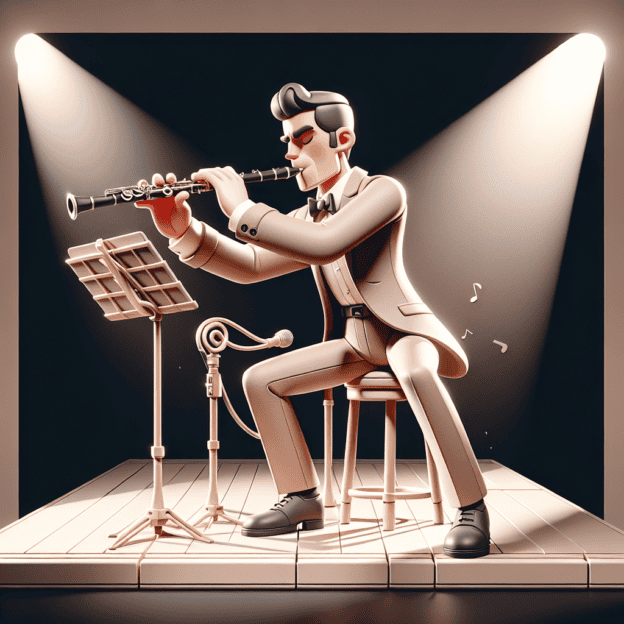The clarinet has long held a prominent place in the world of music, from classical orchestras to jazz ensembles. In recent years, modern clarinet players have pushed boundaries and explored new possibilities with this versatile instrument. These talented artists are not only skilled technicians but also innovators who blend different genres, styles, and cultural influences. This article highlights some notable modern clarinet players and their contributions to music, along with valuable tips and insights from their experiences.
The Evolution of the Clarinet
Before we explore modern players, let's look at how the clarinet has developed over time. Since its creation in the early 18th century, the clarinet has undergone significant changes. What started as a simple single-reed woodwind instrument has evolved to meet the demands of changing musical styles and the need for more complex sounds. This evolution led to variations like the bass clarinet and the contrabass clarinet. The introduction of new materials, such as modern synthetic reeds and advanced mouthpiece designs, has also had a profound impact on clarinet playing techniques today.
| Time Period | Key Developments |
|---|---|
| Early 18th Century | Invention of the clarinet as a simple single-reed instrument |
| 19th Century | Introduction of the bass clarinet and improved key systems |
| 20th Century | Development of the contrabass clarinet and synthetic reeds |
| 21st Century | Advanced mouthpiece designs and integration with electronic effects |
Notable Modern Clarinet Players
Here's a selection of influential modern clarinet players who are making their mark in various music genres:
1. Charles Neidich
Charles Neidich stands out as one of today's leading classical clarinetists, with a rich career in both performance and teaching. His expressive interpretations and full-bodied sound have earned him performances with top orchestras worldwide. Neidich also shares his expertise at prestigious institutions, including the Juilliard School. His focus on proper embouchure and breath control techniques has significantly influenced clarinet education.
2. Jeff Anderson
Jeff Anderson blurs the lines between classical and jazz, offering a unique take on clarinet playing. His improvisational talent and adaptability across different performance styles set him apart. Anderson's recordings often showcase a mix of genres, highlighting the clarinet's versatility. His distinctive articulation techniques add depth and expression to his performances.
3. David Shifrin
David Shifrin has made significant contributions to chamber music, demonstrating exceptional skill in collaborative performances. His repertoire includes many acclaimed clarinet works that showcase the instrument's melodic potential. As an artistic director for a chamber music festival, Shifrin encourages young musicians to explore new musical territories.
4. Anat Cohen
Anat Cohen has made a name for herself in the jazz world with her vibrant performances and mastery of various woodwind instruments. While she excels on both clarinet and saxophone, her innovative approach to improvisation and rhythm has earned her numerous awards. Cohen's music often incorporates influences from around the world, offering a fresh perspective on clarinet playing.
5. Julian Bliss
Julian Bliss is known for his exceptional playing and ability to perform across various genres. His repertoire spans classical, jazz, and contemporary music, allowing him to connect with a wide range of audiences. Bliss is also passionate about music education, encouraging younger generations to explore their creativity and develop their musical skills.
Practice Tips Inspired by Modern Clarinet Players
You can improve your clarinet playing by learning from these accomplished musicians. Here are some practical tips based on their approaches:
- Focus on Breath Control: All successful clarinetists emphasize the importance of breath support. Practice breathing exercises that help you control your airflow and duration of notes.
- Experiment with Styles: Don't confine your practice to one genre. Try playing classical pieces alongside jazz improvisation to gain versatility and develop your musical ear.
- Refine Your Embouchure: Spend time ensuring your embouchure is stable and allows for easy airflow. Observing videos or studying techniques from accomplished players can provide new insights.
- Record Yourself: Recording your practice can help identify areas for improvement. Listening to yourself play allows for a clearer understanding of what needs attention.
- Join a Community: Engage with local musicians or online clarinet communities. Collaborating with fellow players can yield new experiences and foster growth.
The Future of the Clarinet
As music evolves, so does the role of the clarinet. Today's players are exploring new interpretations and expanding the instrument's possibilities. Technological advancements have provided clarinetists with a wide range of tools and resources, opening up new creative avenues.
Innovative approaches to mouthpieces, reed selection, and electronic effects have broadened the clarinet's sonic palette. Contemporary players are venturing beyond traditional repertoire, incorporating the clarinet into genres like hip-hop, electronic music, and various world music styles.
The current clarinet scene is a dynamic and diverse space where musicians inspire and challenge each other, constantly pushing the boundaries of what's possible with this remarkable instrument.







